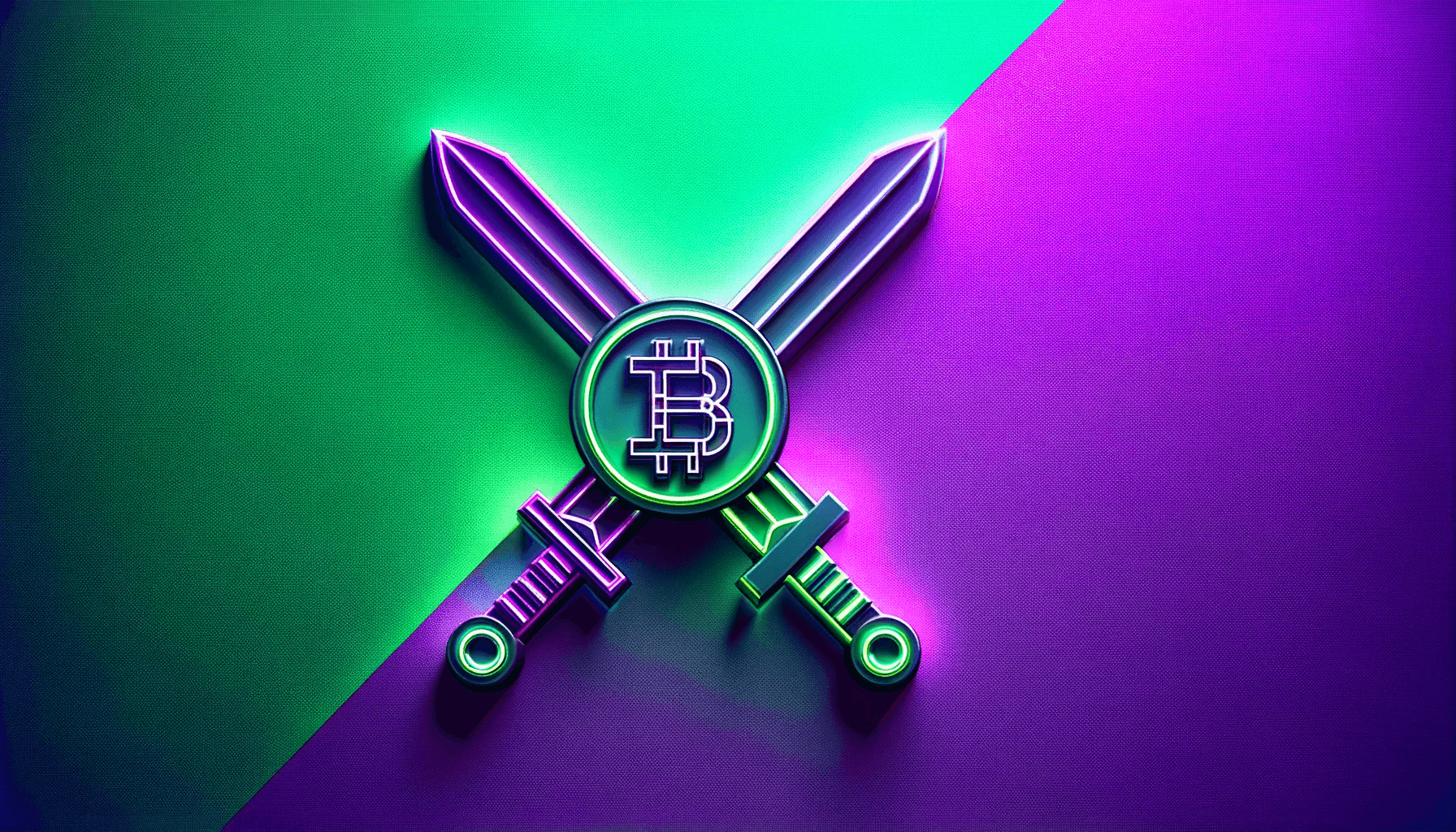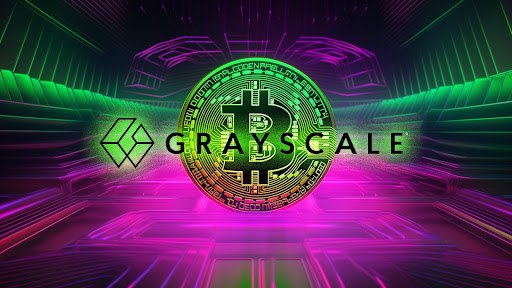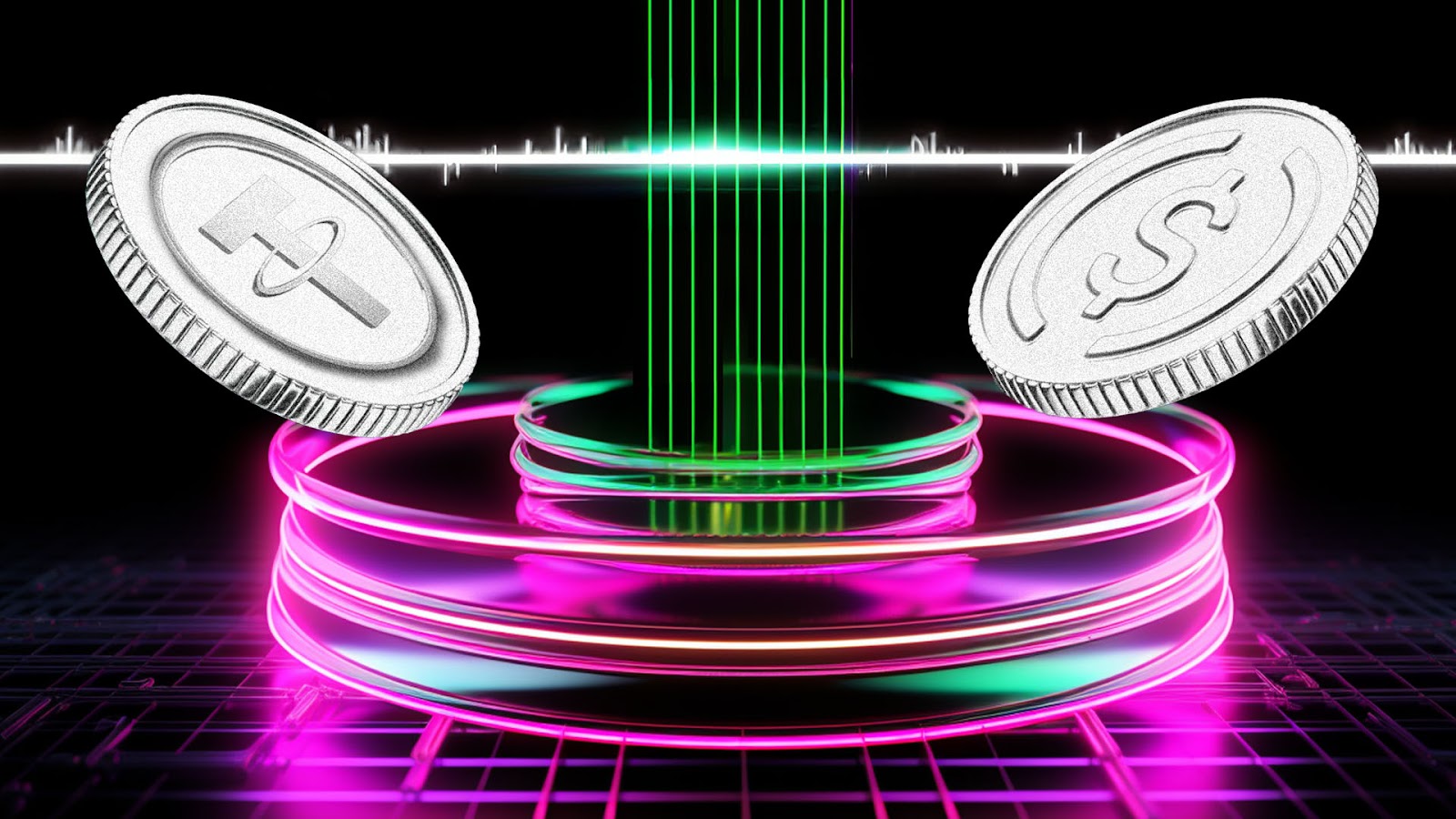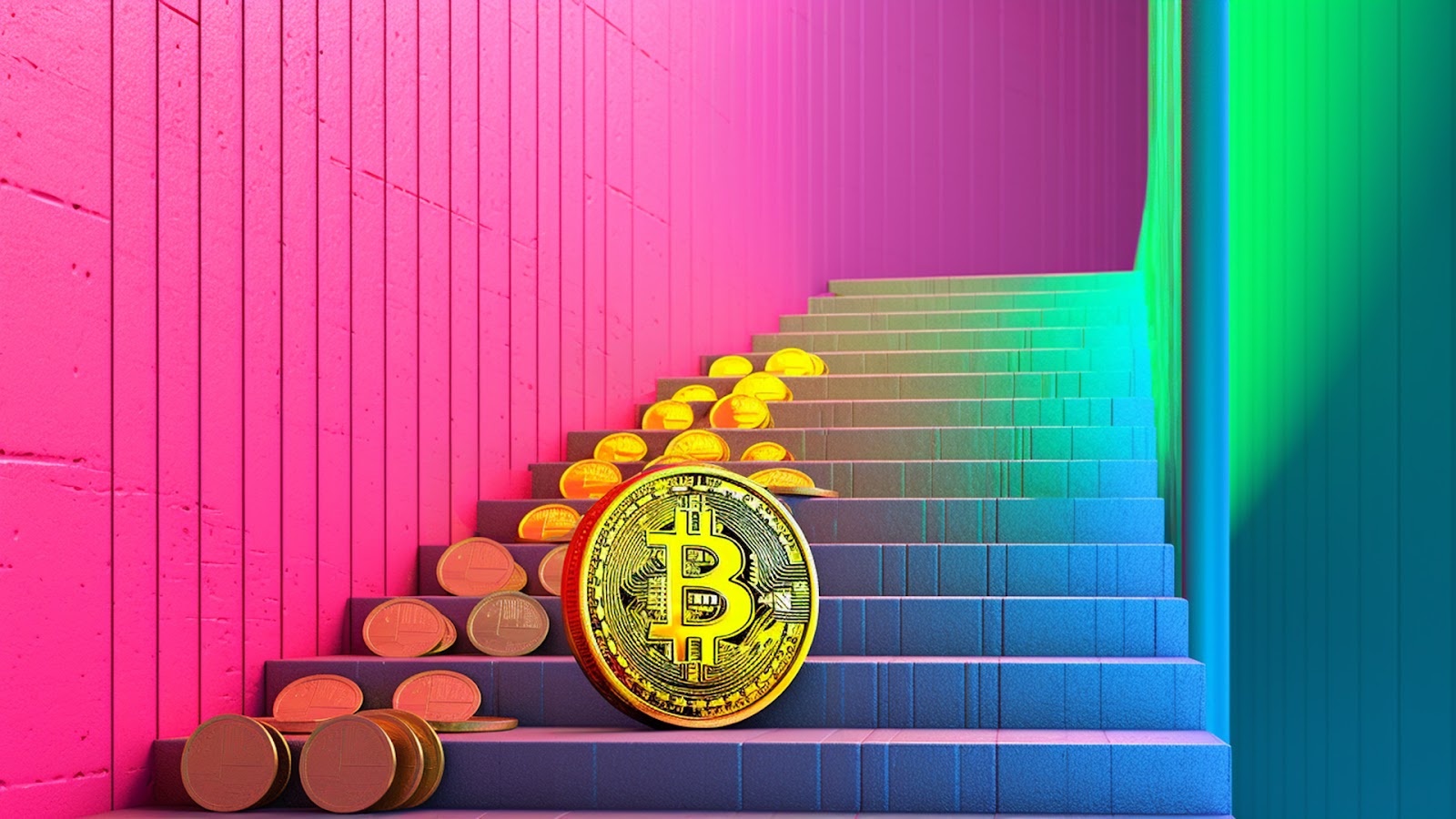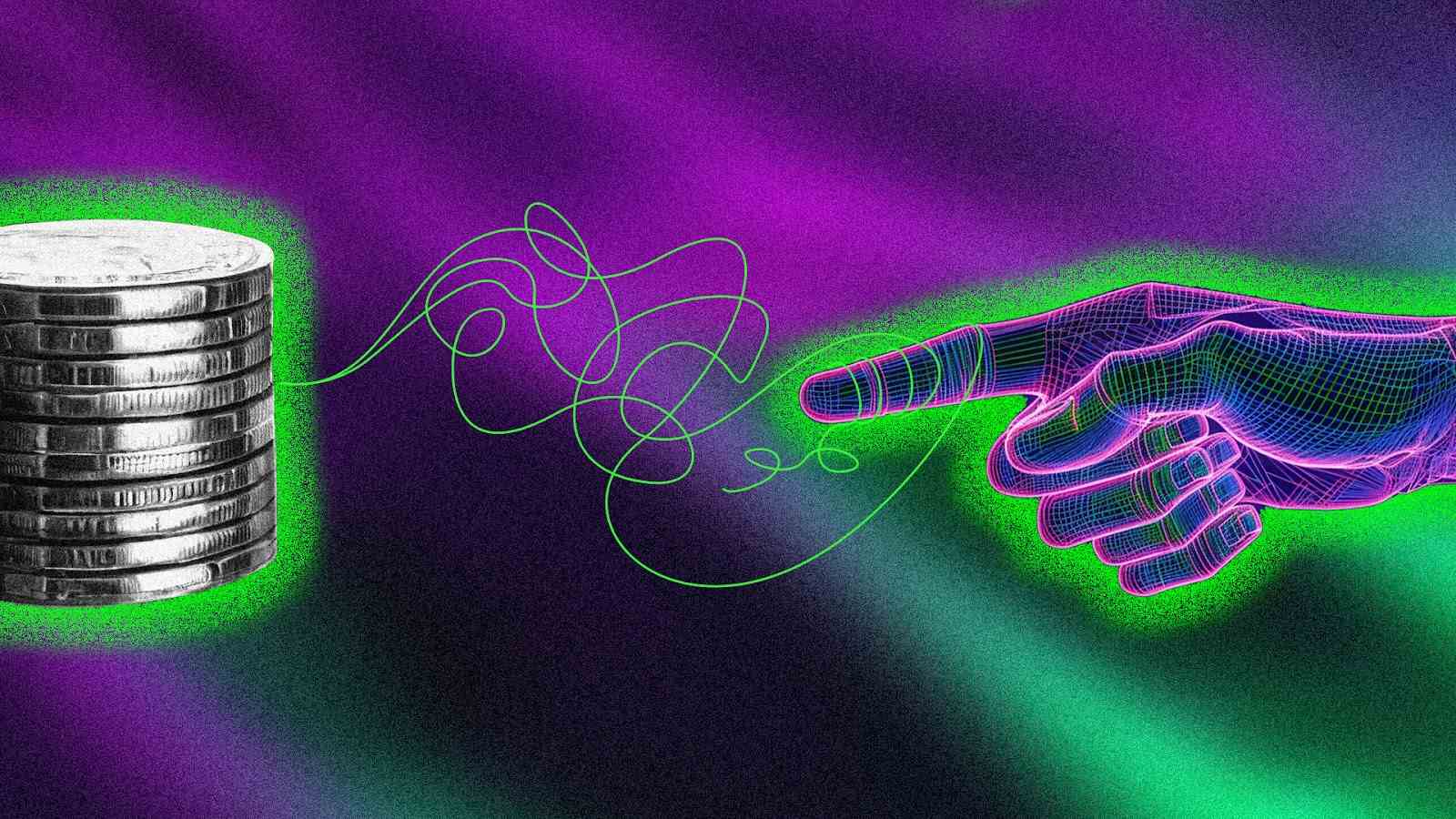
Crypto and Web3 projects often offer the world, however there’s always a chance that it’s nothing more than a rug puller pulling the strings.
In fact - and per stats from Chainalysis - a reported $2.8 billion was stolen from rug pull victims in 2021...a figure that made up 37% of all crypto scam revenue throughout the most bullish DeFi year to date.
With this in mind, we believe that it’s our duty to enlighten the Crypto Presale community on how to spot a rug puller, a ‘pump and dumper,’ or other illicit actors from within the blockchain space.
The Definition of a Rug Puller
A rug puller is an individual - or group of individuals - that creates a new crypto project with the intent of inflating its price before dumping all their tokens and running off into the sunset with a mass amount of fresh funds. In turn, projects ‘dumping’ their mass amount of tokens causes prices to immediately (or sometimes more-slowly) plummet towards zero.
As such terminology suggests, crypto rug pulls are also known as ‘pump and dumps’… however either way, the end result is always the same…which is traders being left with investments worth next to nothing.
Different Actions of a Rug Puller
A rug puller can achieve such an end goal via multiple means, with the most popular three being dumping, liquidity stealing, and limiting sell orders.
Pump and Dumps
As previously alluded to, dumping is where rug pullers unexpectedly sell-off their token holdings once the project has garnered a sufficient amount of hype (and therefore value). In turn, this leaves its community with token holdings worth zilch.
Although it’s not necessarily unethical of projects to trade their own tokens, developers essentially confirm their rug puller identity if they follow-up by abandoning the project and its community of loyal investors.
Liquidity Stealing
When it comes to liquidity stealing, this is often touted as the most prevalent type of rug pull in the DeFi space. It involves creating a new token, hyping it up, and listing it on a decentralised exchange (DEX) while providing liquidity. Here, the rug puller will then use various tactics to artificially inflate the token's price, where once a significant amount of capital is invested, they execute the rug pull by removing the liquidity.
Such illicit move leads to a rapid decline in the token's price, leaving investors with devalued or worthless assets. Once again, the perpetrators typically exit the project after executing the rug pull, often selling-off any remaining tokens on other crypto exchanges.
Limiting Selling Orders
Limiting sell orders is the most subtle rug puller method of the three, as it involves coding tokens so that the devs are the only party able to sell them.
Here, devs wait for retail investors to buy into their new crypto using paired currencies, where once there is enough positive price action, they dump their positions and leave a worthless token in their wake.
As is evident across all three of these examples, each rug pulling event ends with the same conclusion… the rug puller sailing off into the sunset with revenue from inflated token sales, and investors (i.e. victims) being left with investments worth zero.
Such dynamic can play-out in either ‘soft’ or ‘hard’ circumstances, with the former relating to token developers abandoning their projects through simply selling-off their holdings, and the latter relating to developers exiting through a purposely-made backdoor that’s been embedded into the smart contract.
How to Identify a Crypto Rug Puller
With some foresight, a rug puller can often be spotted through identifying one (or several) of the following signs.
Undoxxed/Unproven Teams and Developers
Of course, a doxxed team elicits trust, therefore meaning that the opposite can be said when a crypto project is hiding behind a pseudo-anonymous team with no faces on show.
Further, if a project boasts unidentifiable founders, or perhaps a doxxed cohort with no proven track record, its legitimacy should most-certainly come under question (with Bitcoin (BTC) and its pseudo-anonymous founder Satoshi Nakamoto being the exception here).
No Liquidity Locked
A crypto project with no liquidity locked on its supply is certainly a cause for concern, as it essentially means that nothing can stop its founders running off with the entirety of its liquidity.
Therefore, investors should not only ensure that a project’s liquidity has been secured through time-locked smart contracts - which ideally last between 3-5 years from its initial launch - but they should also check the percentage of the liquidity pool that’s been locked. This is because a lock only becomes helpful in proportion to the amount of the liquidity pool it secures- a metric known as total value locked (TVL) which should ideally sit between 80% and 100%.
Limits on Sell Orders
Associated with the practice of limiting the sale of tokens, warning signs should be flashing if there are restrictions on your ability to sell the tokens that you’ve invested in.
Although hard to identify on the surface - as such illicit dynamic is embedded into the smart contracts of tokens - limits of sell orders can be identified through buying a tiny amount of the in-question token and immediately attempting to sell it. Here, if any problems arise, it’s likely that you have a rug puller on your hands.
Volatile Price Movements With Limited Token Holders
As your trading intuition should already point out, notable price swings on new tokens are red alerts.
Here, price increases can often indicate the ‘pump’ before the ‘dump,’ whilst a small number of holders often means that a token is susceptible to price manipulation (mainly through whales being able dump their large holdings when they see fit).
High Yields (That are Too Good to Be True)
As the old saying goes, if something sounds too good to be true, it probably is.
In the context of rug puller antics, if a project promises annual percentage yields (APY) in the high double or triple digits, this should definitely raise your caution.
This isn’t necessarily because it indicates a rug pull or pump and dump, as alternatively it could simply be a Ponzi scheme that’s promising unrealistic returns in an effort to garner investment interest.
No External Audit
And finally, we have the issue of external audits on smart contracts.
Here, it’s common knowledge that each and every trustworthy project would have undertaken a formal audit from a reputable third party in order to show that nothing malicious lies within its code.
If not - or if such third party hasn’t confirmed its involvement - this should be another cause for rug puller caution.
How to Safeguard Yourself Against a Rug Puller
Projects that are legitimately building throughout these ongoing bearish conditions are often few and far between, which is why it’s important to follow various practices in order to safeguard yourself against nasty rug pullers…
Where first and foremost, staying conscious of the aforementioned rug puller signifiers is vital.
There are also several other steps that you can take in order mitigate the risks of becoming the next rug puller victim, which include:
Ignoring Unsolicited Advice: Be cautious of unsolicited advice, especially from sources you don't know or trust. Don't make investment decisions based solely on tips from strangers or social media forums.
Verify Information from Multiple Sources: Cross-check information from multiple reputable sources. Avoid relying on a single piece of information, especially if it comes from an unknown or unverified source.
Watch for Red Flags: As previously mentioned, red flags may manifest as unrealistic promises, or pressure tactics that entice traders into making quick decisions (legitimate investments always allow you time to conduct research and consider your investment decisions).
Understand the Asset at Hand: Make sure you understand what you're investing in. This includes understanding the technology, tokenomics, and business model at hand.
Check for Regulatory Compliance: Ensure that investment opportunities comply with all relevant regulations. For example, the Securities and Exchange Commission (SEC) provides resources for verifying the registration status of securities offerings in the USA.
Use Reputable Platforms: If you're trading on exchanges, use well-known and reputable platforms (as they typically have stricter vetting processes for listing assets).
Set Realistic Expectations: Be realistic about potential returns and risks. Avoid FOMO and impulsive decisions based on hype.
Have an Exit Strategy: Deciding in advance when you’ll sell your investment - either at a certain price point or after a specific period - can help you avoid making emotional decisions during market fluctuations.
Diversify Your Portfolio: Spreading your investments across different asset classes can help mitigate risks associated with any single investment.
Stay Informed: Keep up-to-date with news and developments in the markets. Being well-informed can help you make more educated decisions.
And finally…
Do Your Own Research (DYOR): Always conduct thorough research on any investment opportunity before committing your money. This includes understanding the fundamentals, the team behind the project, the market it operates in, and any potential risks (as well as undertaking all cautions listed above).
If done correctly, you should be able to identify bad actors in the space quite clearly, which then stands you in good stead for staying way clear of any crypto rug puller parties.
Want More Cutting-Edge Crypto News?
Follow Us: X TikTok Instagram Telegram LinkedIn
Sign up to our newsletter at the bottom of the page
Check Out Our Top 10 Crypto Currencies of 2023
This article is intended for educational purposes and is not financial advice.


